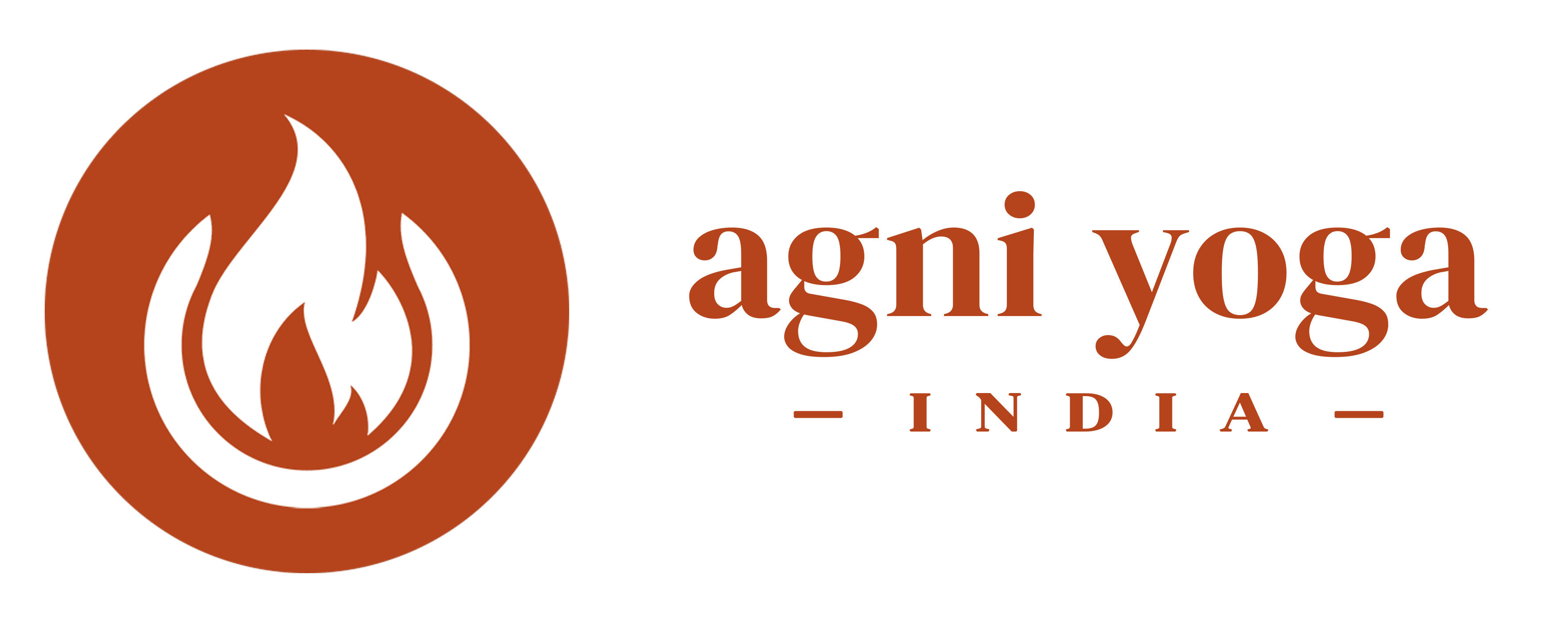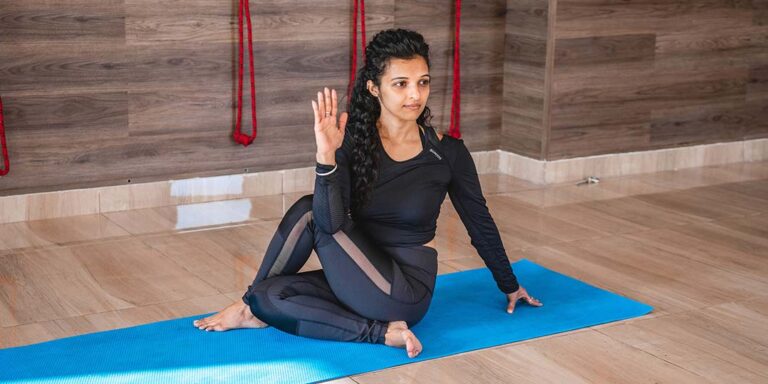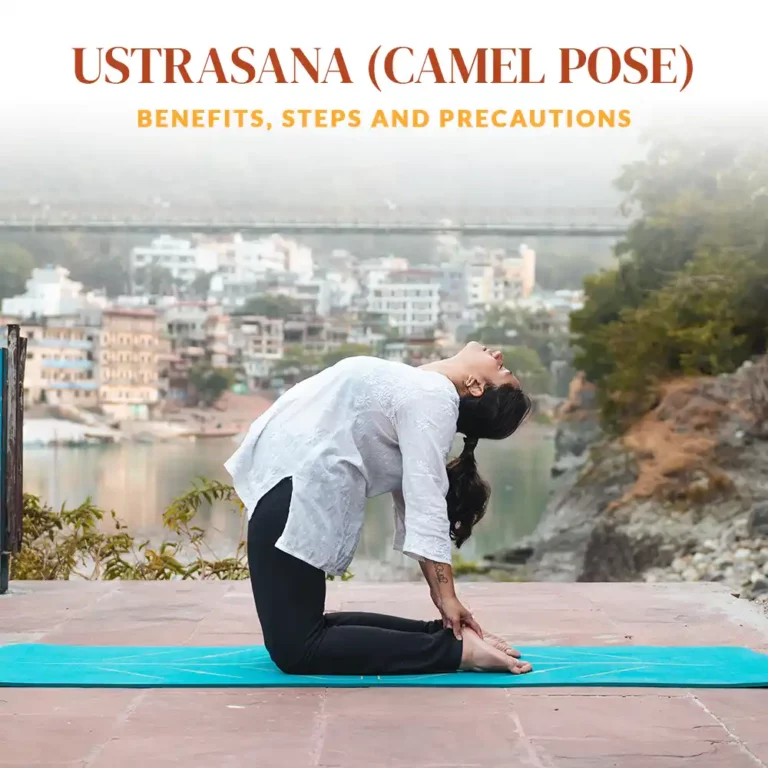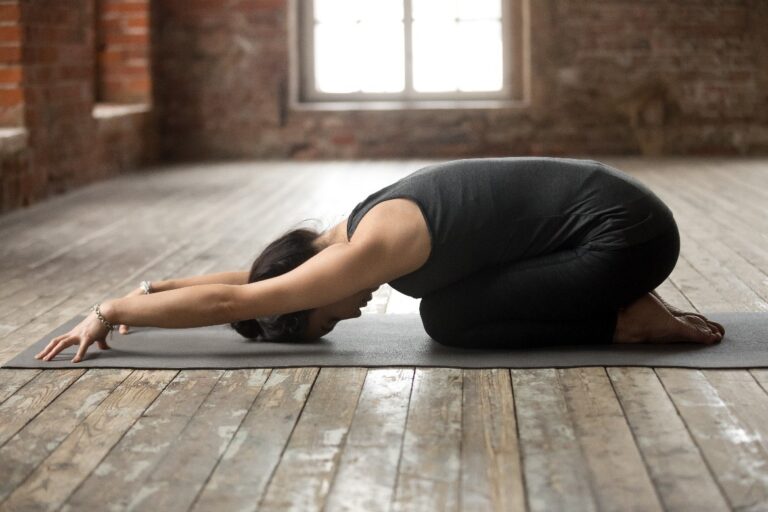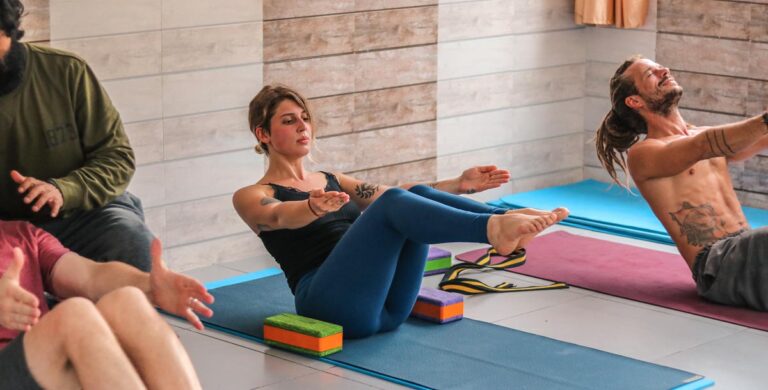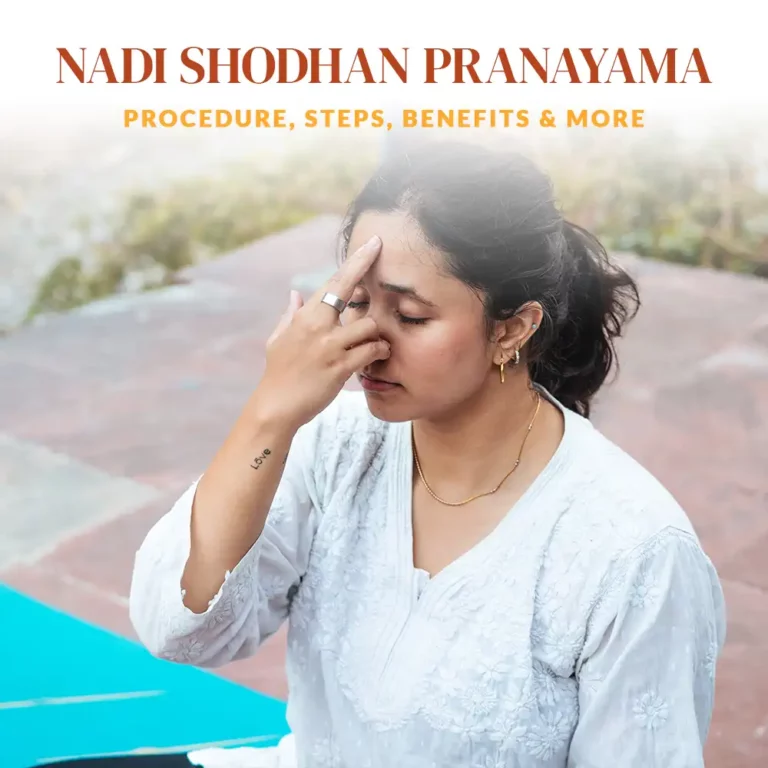Bhastrika Pranayama {Breath of Fire} Steps, Benefits, Side Effects and Precautions
What is Bhastrika Pranayama?
Bhastrika Pranayama often called the “Breath of Fire,” is an energizing breath practice in yoga designed to invigorate the body and mind. The name “Bhastrika” comes from the Sanskrit word bhastra, meaning “bellows,” which reflects the rapid, forceful breathing pattern that mimics the action of a bellows used in a forge. This practice involves a series of short, sharp inhalations and exhalations through the nose, engaging the diaphragm rhythmically and continuously.
Historical Origins of Bhastrika Pranayama
The practice of pranayama, including techniques like Bhastrika, is deeply rooted in the Vedic traditions (around 1500 BCE to 500 BCE), where breath was viewed as a powerful tool to control the flow of prana. In these traditions, breath is not only the physical act of inhalation and exhalation but it is also seen as an integral component of the life force (prana) that sustains life itself.
Bhastrika Pranayama became more defined in the Hatha Yoga tradition, a system of physical and breath control techniques that developed around the 9th to 15th centuries CE. In texts like the Hatha Yoga Pradipika, compiled by Swatmarama in the 15th century, various breathing exercises, including Bhastrika, were explained in great detail for purifying the body and calming the mind. The Hatha Yoga tradition emphasized physical postures (asanas), breath control (pranayama), and meditation, and Bhastrika became one of the central techniques to enhance prana (life energy) and support the practitioner’s overall well-being.
Step-by-Step Guide to Performing Bhastrika Pranayama
- Position: Sit in a comfortable, upright position with your spine straight. You can choose a traditional meditative pose like Sukhasana (Easy Pose) or Padmasana (Lotus Pose) or simply sit on a chair with your feet flat on the floor.
- Body Alignment: Ensure that your shoulders are relaxed, your chest is open, and your head is aligned with the spine.
- Rest your hands on your knees in Gyan Mudra (thumb and index finger touching) or any other mudra that feels comfortable. Alternatively, you can keep your palms facing upward or downward, depending on your preference.
- Before you begin the practice, close your eyes and take a few moments to centre yourself. Take a few deep, slow breaths to relax and settle into the present moment. Focus on the natural rhythm of your breath.
- Inhale deeply through your nose, filling your lungs. Let the air expand your chest and abdomen. Ensure that the inhalation is slow and deep to prepare your body for the rapid breathing cycle that follows.
- Exhale rapidly and forcefully through your nose while simultaneously pulling your navel in towards your spine (engaging your abdominal muscles). This helps push the air out quickly.
- Immediately follow the exhalation with a rapid, forceful inhale through the nose, expanding the abdomen.
The movement should be quick and controlled, using the diaphragm to pump the breath in and out. The breath should not be too deep but more about speed and force. Keep your inhale and exhale equal in length and intensity.
Benefits of Bhastrika Pranayama
- Increases Energy and Vitality: The rapid breathwork helps to increase the flow of oxygen to the body, stimulating the nervous system and leaving you feeling more awake and energized.
- Enhances Respiratory Health: Bhastrika strengthens the diaphragm and lungs, improving lung capacity and overall respiratory function.
- Detoxifies the Body: The continuous exhalation helps expel toxins and impurities, cleansing the lungs and other organs.
- Boosts Mental Clarity: By oxygenating the brain, it can enhance concentration, focus, and mental alertness, helping to clear mental fog.
- Promotes Stress Relief: Rhythmic breathing activates the parasympathetic nervous system, helping to reduce stress and anxiety.
- Strengthens the Core: The rapid engagement of the diaphragm tones and strengthens the abdominal muscles, benefiting the core.
- Balances Energy (Prana): This practice invigorates the body’s energy system, promoting balance and harmony.
Scientific Insights: How Bhastrika Pranayama Affects the Body
Bhastrika Pranayama involves deep and forceful breathing, which helps to strengthen the diaphragm and improve overall lung function. Studies have shown that pranayama techniques that focus on controlled inhalation and exhalation can increase lung capacity and respiratory endurance.
The rapid movement of air in Bhastrika helps to oxygenate the blood, which can increase the availability of oxygen to tissues and organs. In one study on breathing exercises, participants demonstrated improved oxygen saturation after regular practice of controlled breathing techniques like Bhastrika.
Though Bhastrika primarily activates the sympathetic nervous system, regular practice can help balance it with the parasympathetic system (responsible for rest and recovery). Studies on other pranayama practices suggest that rhythmic and controlled breathing can eventually lead to reduced stress and improved emotional regulation by balancing both branches of the autonomic nervous system.
Potential Side Effects of Bhastrika Pranayama
- Dizziness or Light-headedness: Because of rapid breathing, some people may experience dizziness or feeling light-headed. This is more common if you are new to the practice or overdo it.
- Hyperventilation: Practicing too intensely can lead to hyperventilation, where the oxygen and carbon dioxide levels in the blood become imbalanced.
- Fatigue: Overexertion during practice can lead to tiredness or fatigue, especially for beginners.
- Respiratory Issues: Those with asthma or other respiratory problems should practice Bhastrika cautiously, as it may trigger symptoms in some cases.
- Increased Heart Rate: Rapid breathing can temporarily increase the heart rate, which might not be suitable for people with heart conditions.
Who Should Avoid Bhastrika Pranayama
- Pregnancy: Pregnant women should avoid Bhastrika Pranayama.
- High Blood Pressure/Heart Conditions: If you have high blood pressure, heart disease, or any other serious health concerns, consult a doctor before attempting Bhastrika.
- Respiratory Issues: Those with asthma or respiratory problems should practice Bhastrika with caution and may need to avoid it altogether during acute symptoms.
Conclusion
Bhastrika Pranayama is a highly energizing and purifying breathwork practice that can boost vitality, improve respiratory health, and increase mental clarity. By following the steps carefully and maintaining proper technique, you can integrate this powerful practice into your daily routine. Start slowly, listen to your body, and gradually increase the duration and intensity for maximum benefits. The physiological responses to Bhastrika are consistent with those observed in other pranayama techniques—improved oxygenation, detoxification, stress reduction, and enhanced mental clarity.
